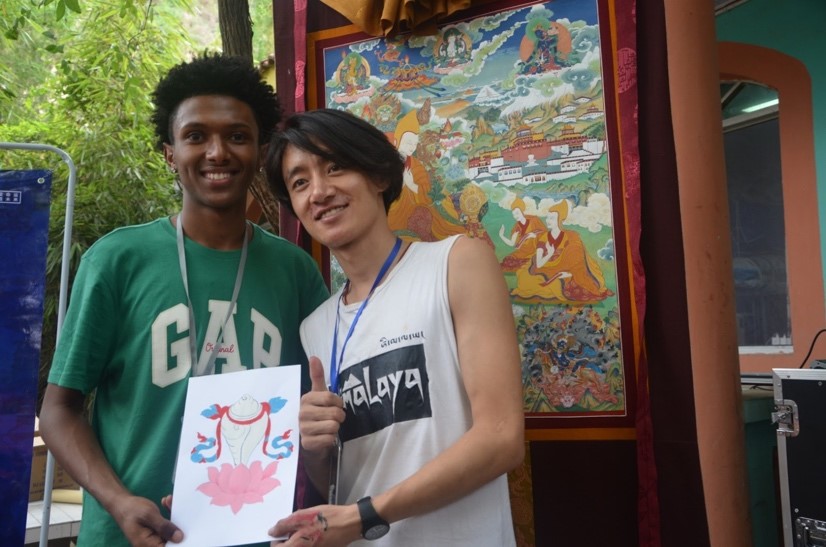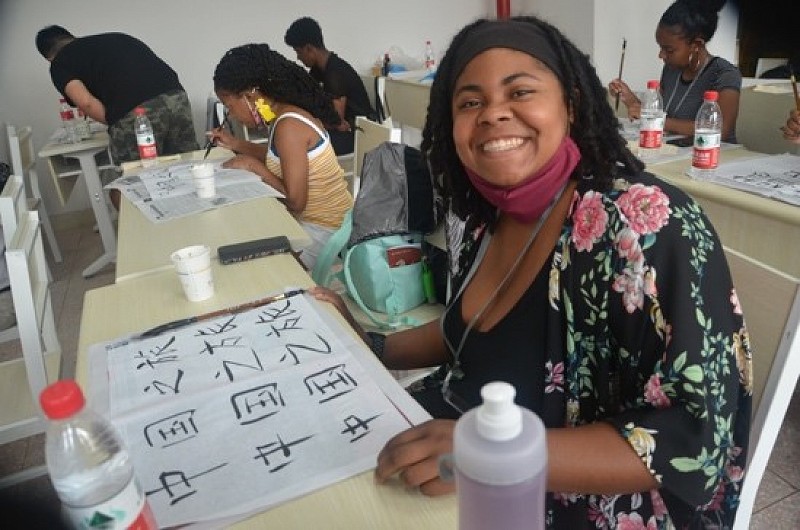Gansu province in the northwest of China is known for its rich culture and lengthy history. With a population of over 25 million people, the province is home to beautiful geologic and historical sites such as the Zhangye Danxia Landform Geological Park, the Maijishan Grottoes, the Zhagana Stone Mountains, the Great Buddha Temple at Zhangeye, and the Jiayuguan Pass, a gap in a section of the Great Wall.
In addition to its numerous landmarks, Gansu also contains some of the largest Tibetan monasteries outside of the Tibet province itself. Sitting on the banks of the Yellow River is the province’s capital city of Lanzhou, which serves as a key transportation hub – connecting western parts of China with their neighbors in the East. Being the Gansu cultural center, the city is alight with opportunities to experience opera, history, art and Lanzhou’s nationally known beef noodles. An expansive region of wonder, Gansu, and Lanzhou in particular, offers a perfect space to explore the diversity of Chinese culture and life in the modern day.
Towards the end of July, one of our African-American student groups became the first CUSEF student tour to travel to Gansu, spending nine days in the provincial capital of Lanzhou after their initial visit to Beijing. The students, hailing from schools in the Peralta Community College District explored the cultural and natural highlights of Gansu. Hosted at Lanzhou University, the delegation visited the Zhongshan Bridge, the Gansu Provincial Museum, and the Dunhuang Research Academy. In addition to these experiences, the students also participated in a variety of cultural workshops from engaging with Chinese opera in the Shaanxi style to practicing the art of Tibetan Buddhist painting known as Thangka painting, engaging first-hand with the rich cultural diversity that has become a hallmark of Gansu province.
 One of the students poses with his completed Thangka painting
One of the students poses with his completed Thangka painting
The students found these cultural exchanges to be incredibly interesting and beneficial, naming them as their personal highlights of their time in China because these interactive lessons allowed American students to become a part of Chinese cultural practices. Further, in Lanzhou the American delegation was able to interact with the Chinese students of Lanzhou University, an experience that led many to realize that different languages do not have to inhibit communication or friendship. As one of the students explained, Lanzhou showed that, “The Chinese people are just as diverse and varied as the people in America. There is no one Chinese culture but rather many cultures and histories.”
